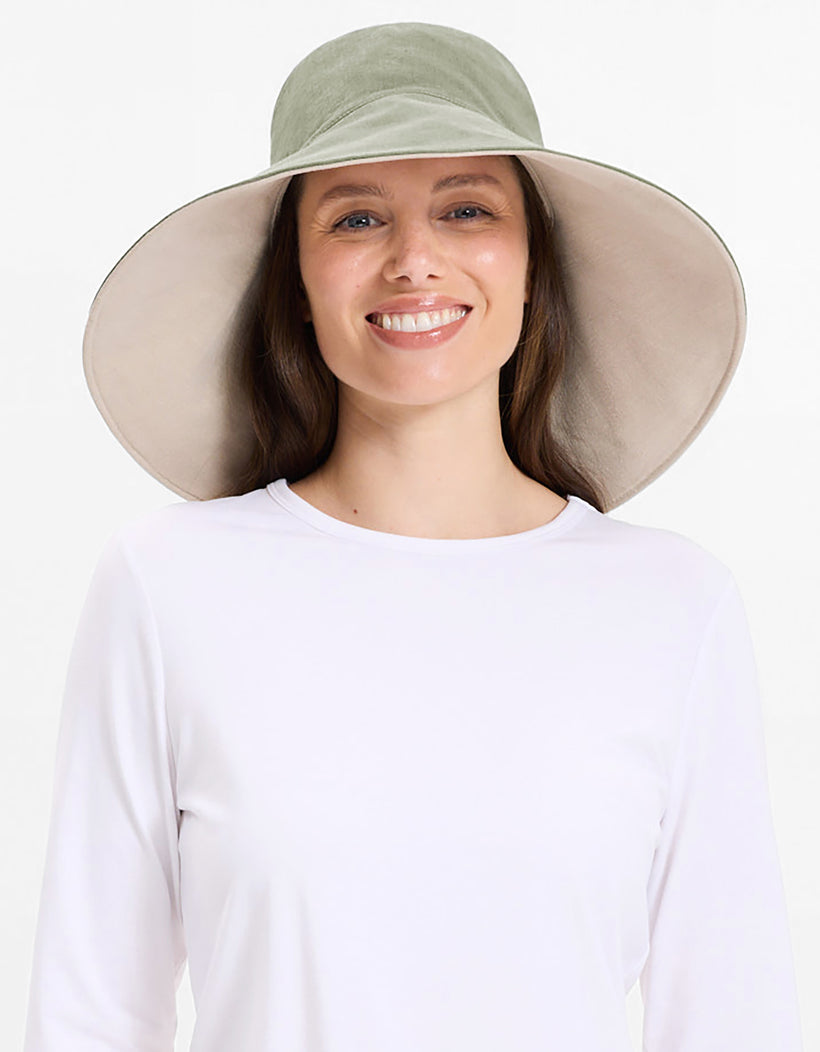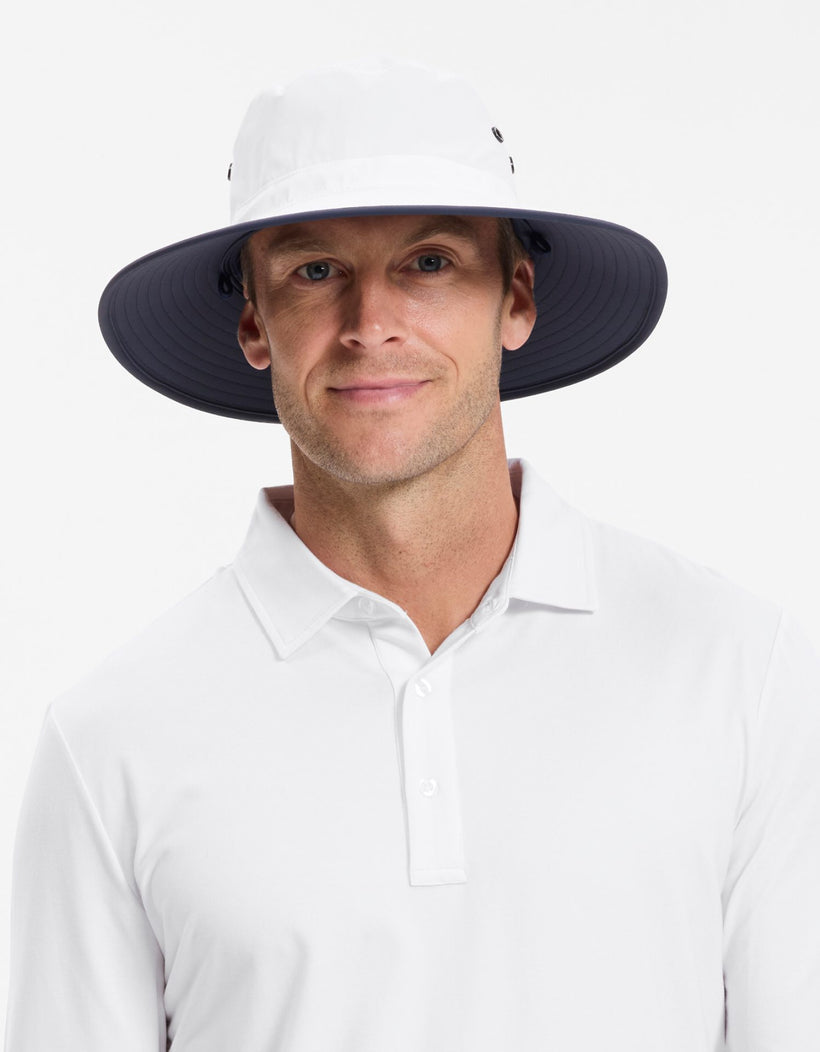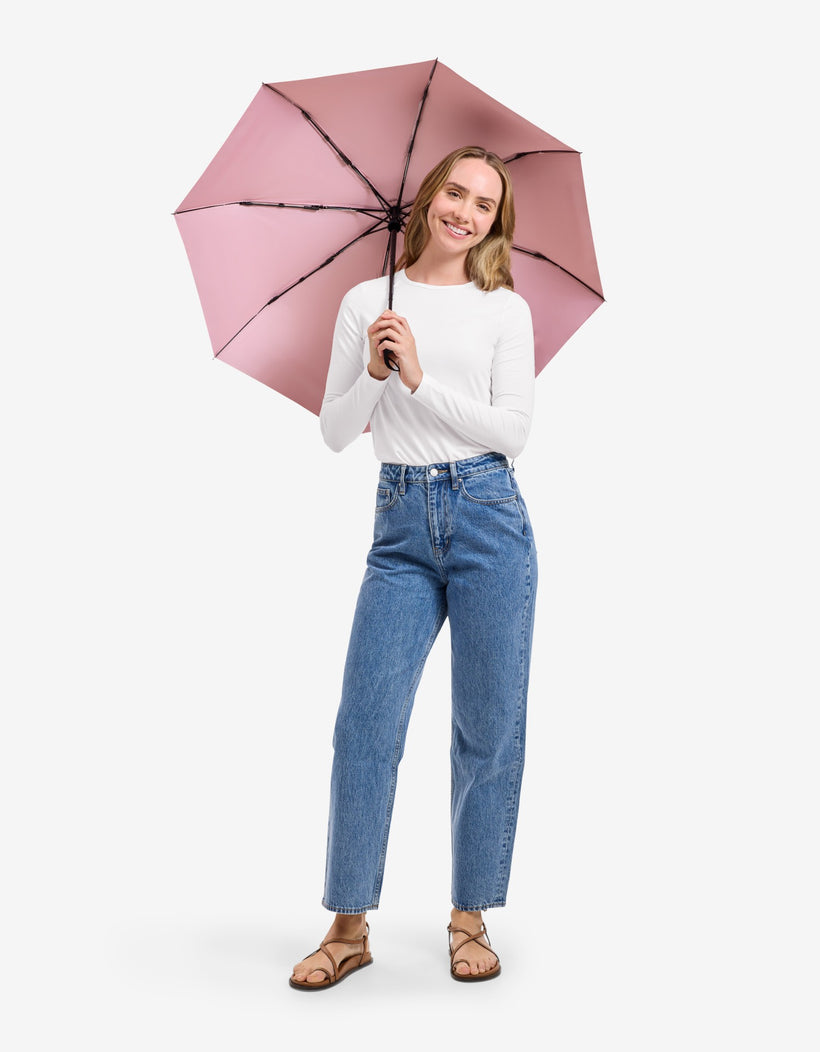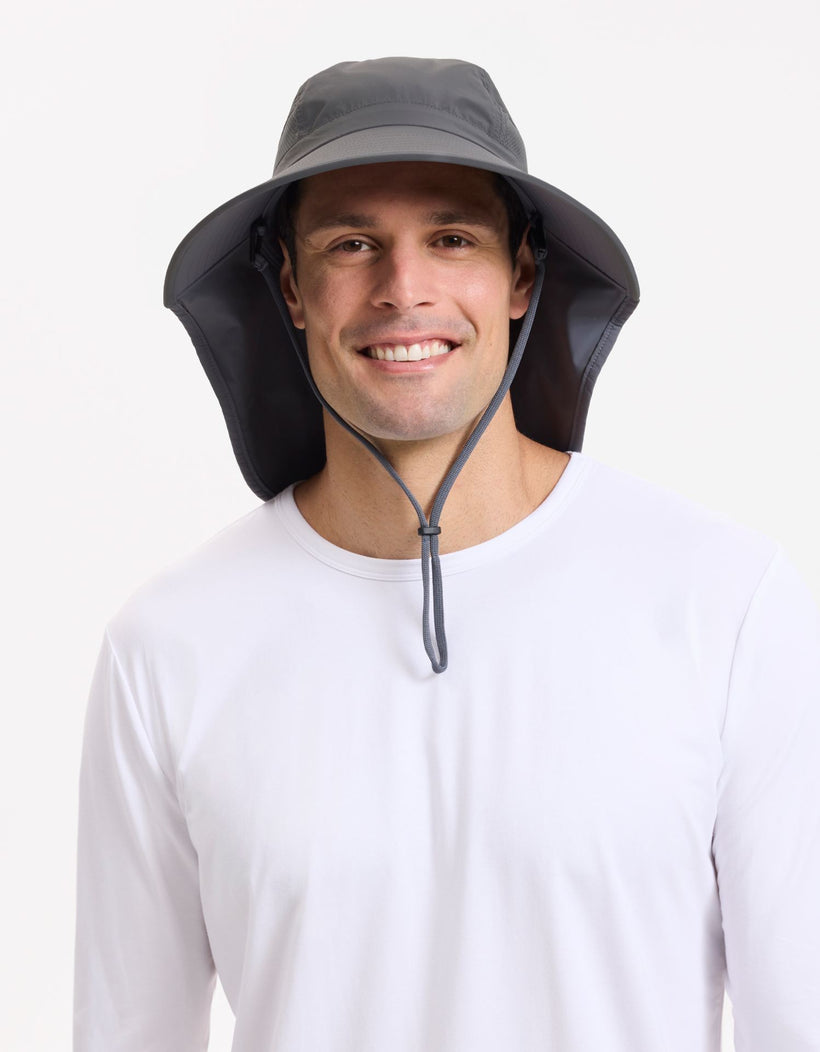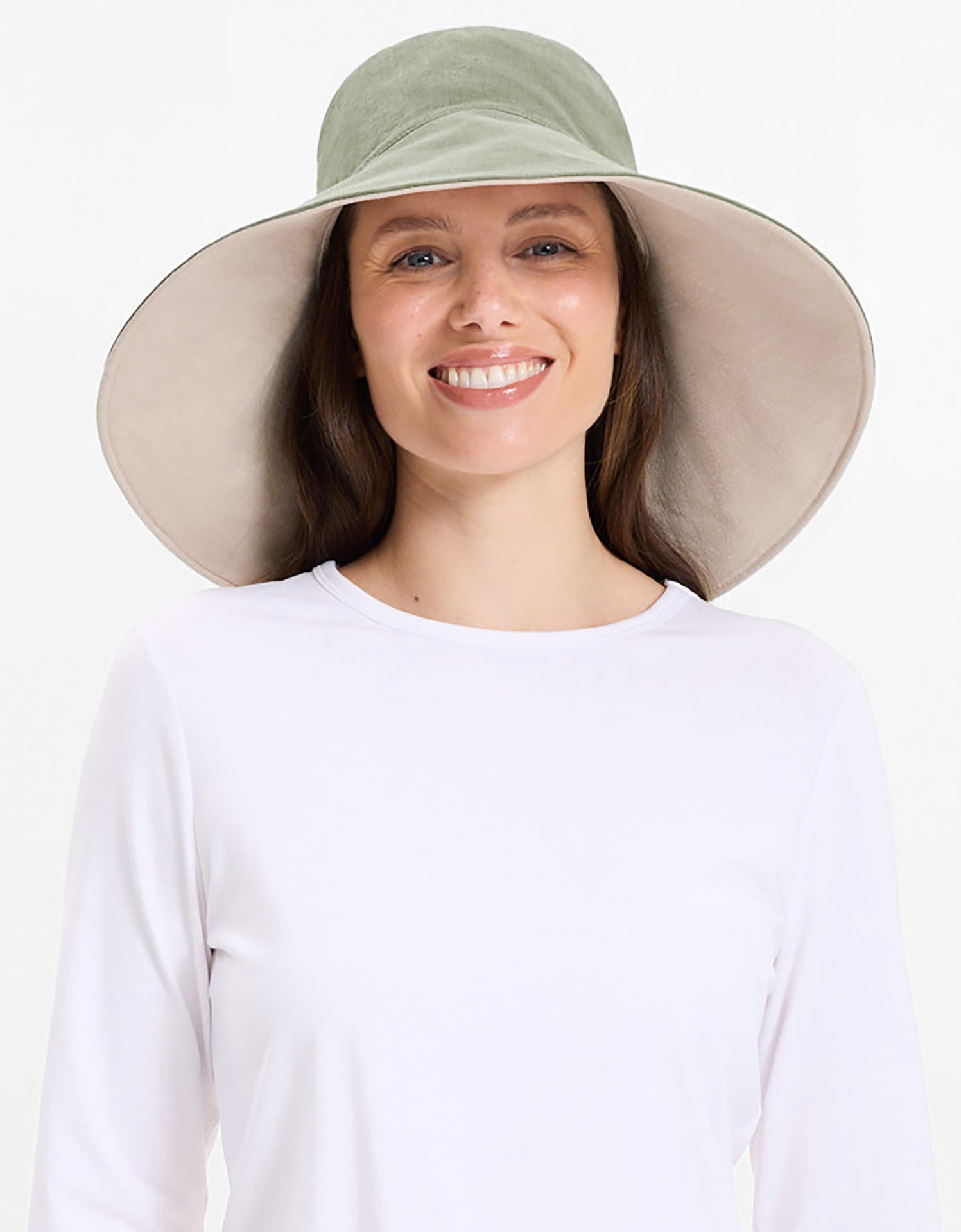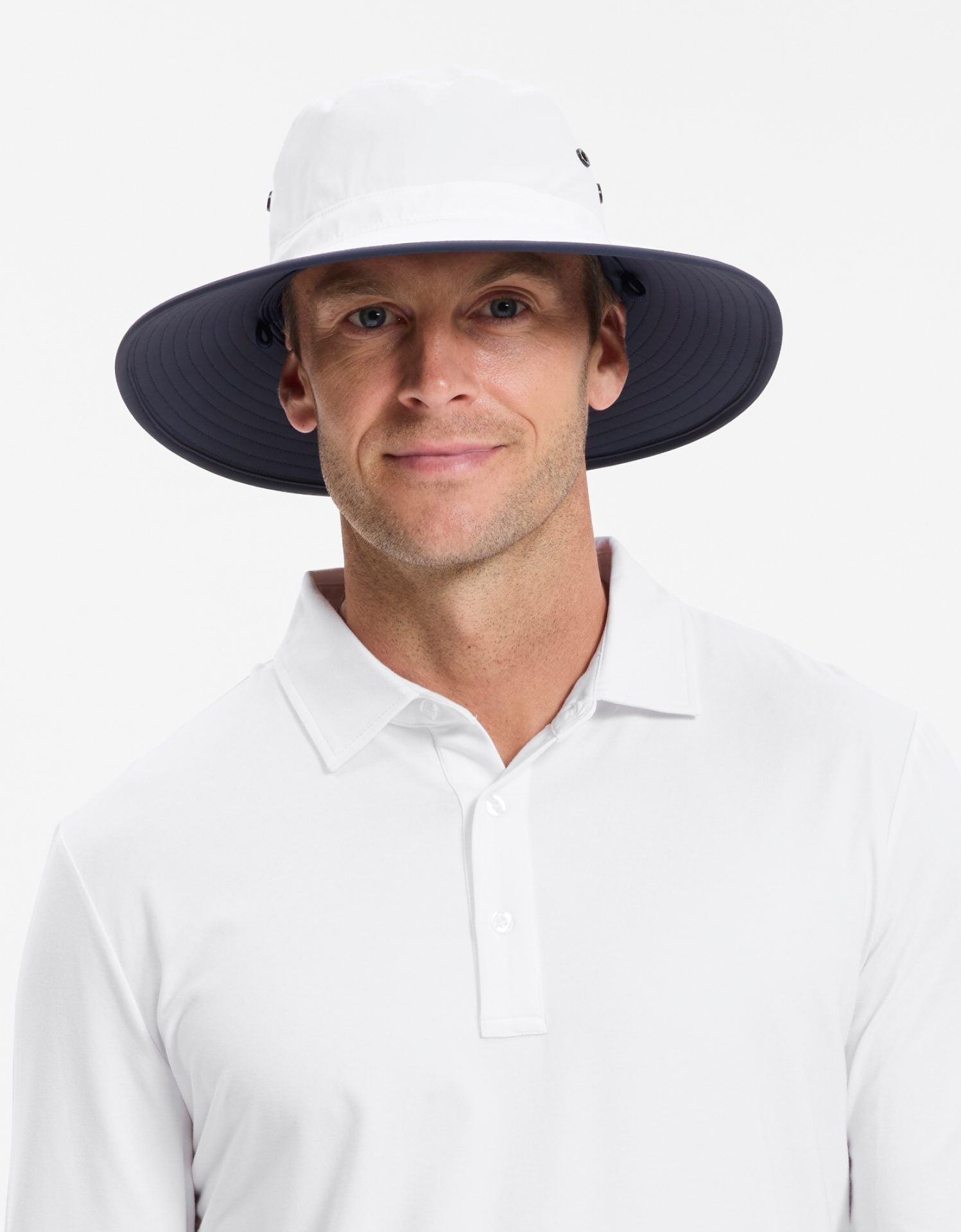Ordinary Clothing vs. UPF Clothing: What's the Difference?
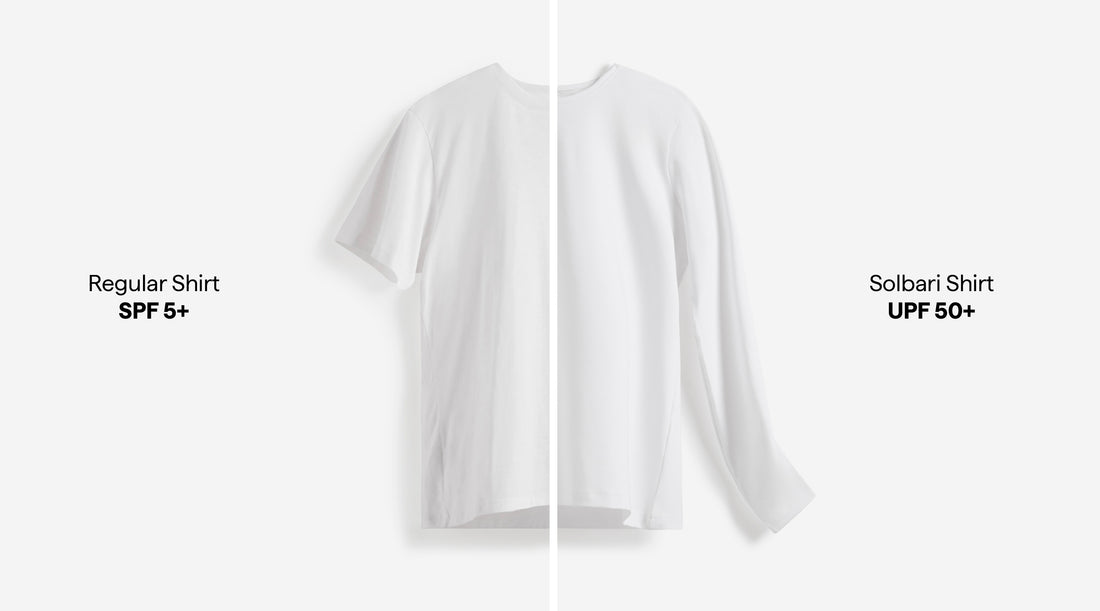
Your clothes cover your skin, but ordinary fabrics may not offer as much sun protection as you might think. This blog post compares the protection offered by normal clothes and UPF clothes in order to understand the importance of sun protective clothing.
The Sun: Friend or Foe?
There are plenty of upsides to sun exposure. It’s mood elevating, essential for vitamin D synthesis, and is known to improve our quality of sleep. That’s why it can seem confusing that the sun, an inextricable part of our daily lives, can also be potentially harmful to our health.
When it comes to sun exposure, too much of a good thing can be dangerous. Being sun smart is an important part of being able to enjoy the outdoors to the fullest, but that doesn’t mean you need to avoid it altogether – it’s possible to enjoy the sun and its many benefits whilst remaining safe under it.
A broad-spectrum sunscreen with a high SPF is one of the most well-known and commonly used forms of sun protection, with many people using it as their first line of against UV rays. One of the downsides to sunscreen is that it can be tedious to apply to all exposed areas of the skin, never mind the need to reapply it every two hours (or more when swimming or sweating) for maximum coverage. Dermatologists recommend wearing sun protective clothing with a high UPF rating. Where SPF falls short, UPF material is unwavering in its ability to block up to 98% of UV rays, doing away with the constant need for sunscreen reapplication.
What is UPF?
UPF stands for Ultraviolet Protection Factor and measures how much of the sun’s broad spectrum ultraviolet radiation is blocked by a fabric before it can reach your skin. UPF50+ is the highest achievable rating on the UPF scale and means that at least 98% of the sun’s UVA and UVB rays are not able to reach your skin, with the fabric acting as a barrier.
The level of protection offered by different fabrics varies, and clothing with a UPF rating of 30+ or lower is not considered protective. A regular white cotton t-shirt may only provide a UPF rating of 5 – that means roughly 20% of UV radiation passes through the fabric and penetrates your skin.
Sun protective clothing with a UPF rating of 50+ means that a maximum of 2% of all UV radiation reaches your skin. “That’s a significant improvement,” says Dr Deshan Sebaratnam, an Australian dermatologist specialising in skin health and disease.
How is UPF determined?
There are several factors that contribute to the UPF rating of fabrics. Solbari’s Founder and CEO Johanna Young explains that the type of fabric, weave density, thickness and weight, colour stretch, moisture content and fabric condition all play a role in determining UPF rating:
- Weave density: The tighter the knit or weave, the better. If the sun can penetrate your clothes easily, it’s not protective, no matter how much clothing you wear.
- The type of fabric: Some fabrics are more effective than others at blocking UV radiation. Some synthetic materials like acrylic, polyester, nylon and lycra or rayon tend to reflect more UV and are therefore more protective.
- Colour: The darker the better. The UPF rating is higher for darker colours because they absorb more UV rays, compared to the same fabric in a lighter colour.
- Thickness and weight: The thicker and heavier the better.
- Tension or stretch: The less stretchy the better.
- Moisture Content: When fabric gets wet, it tends to reduce the UPF of the fabric. For example, a thin white cotton t-shirt with a UPF of 5 may only have a UPF of 3 when wet.
- Fabric condition: As clothes age the fabrics are likely to deteriorate, and this will also reduce the UPF rating.
“UPF clothing and SPF sunscreen are all elements of your armour that protect you from the sun,” says to Dr Sebaratnam. It is inevitable that parts of our body will be exposed to the sun at some point. It’s in these instances where SPF steps in to become our second line of defence against sun damage. It’s important to remember that not all sunscreens are as effective as others, so make sure that you opt for broad spectrum coverage which blocks both UVA and UVB radiation.
You can find out more about Solbari's sun protective range by clicking the links below:
Women UPF 50+
Men UPF 50+
Sun hats UPF 50+
Accessories UPF 50+
SPF 50+ Sunscreen
